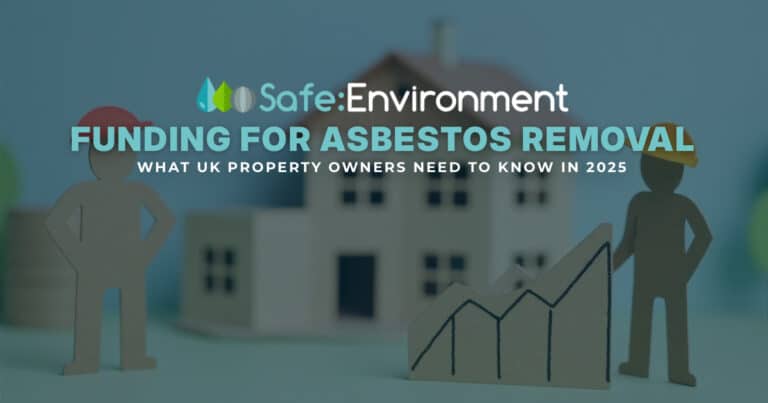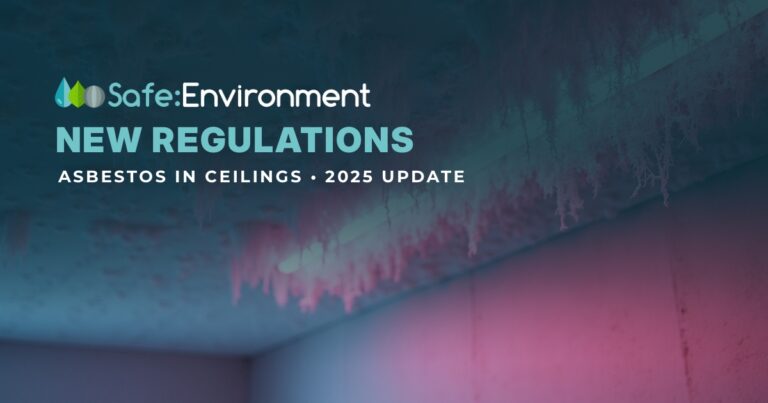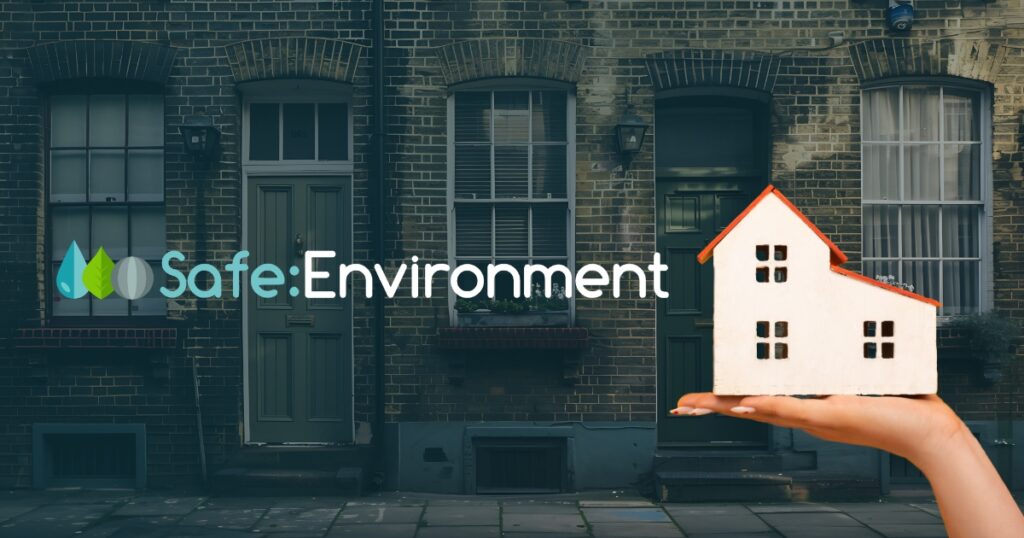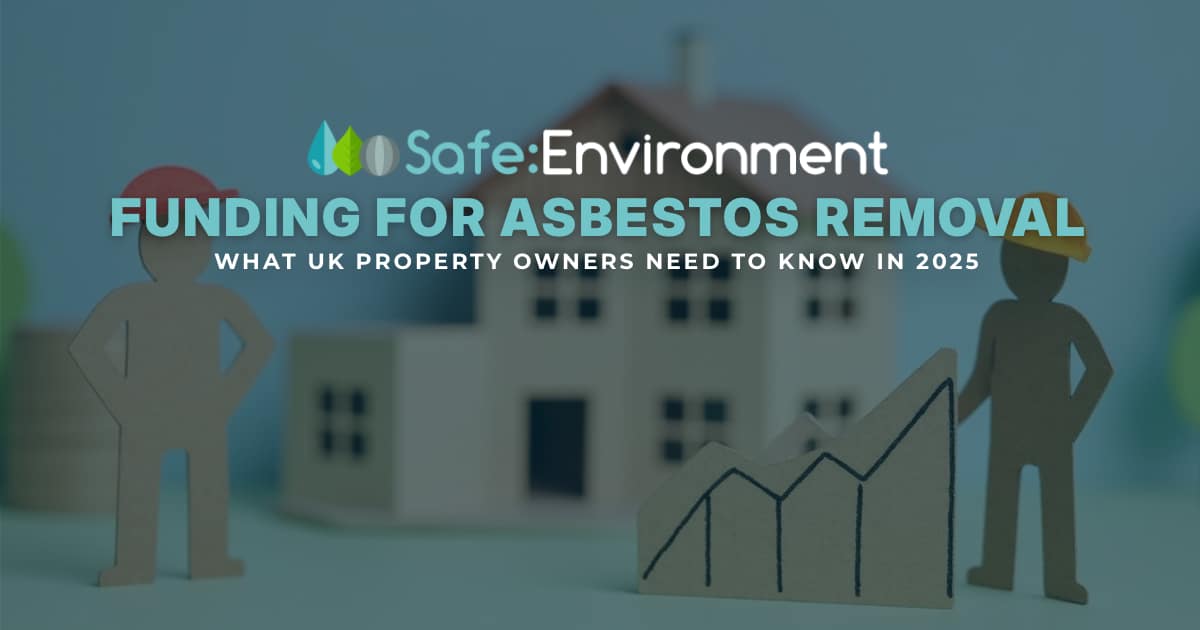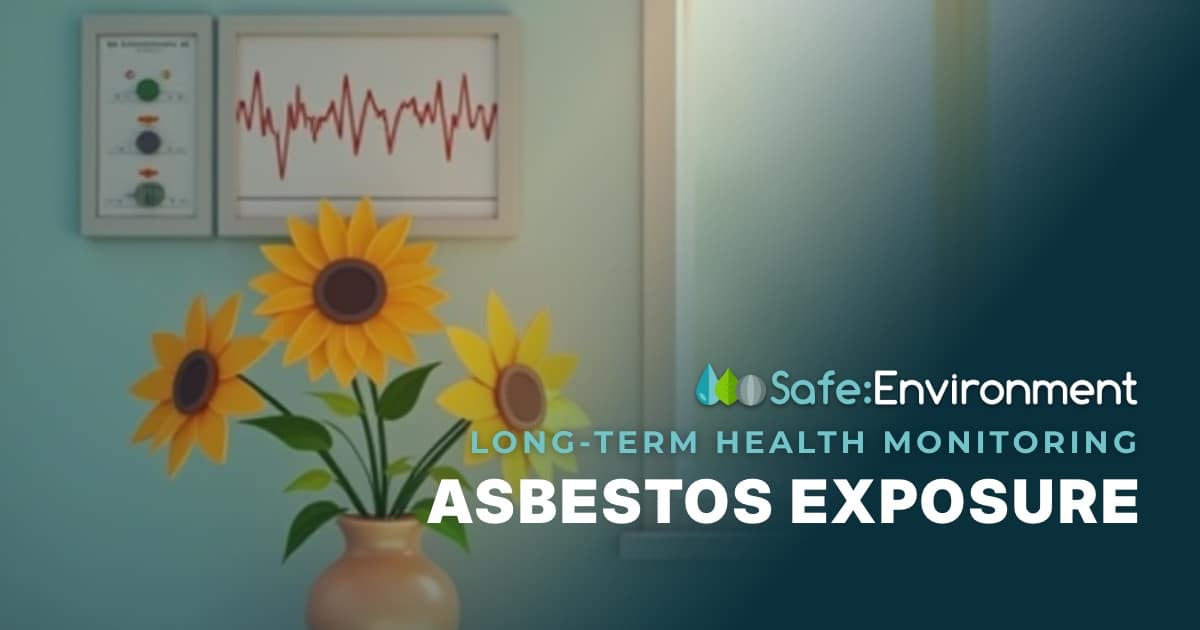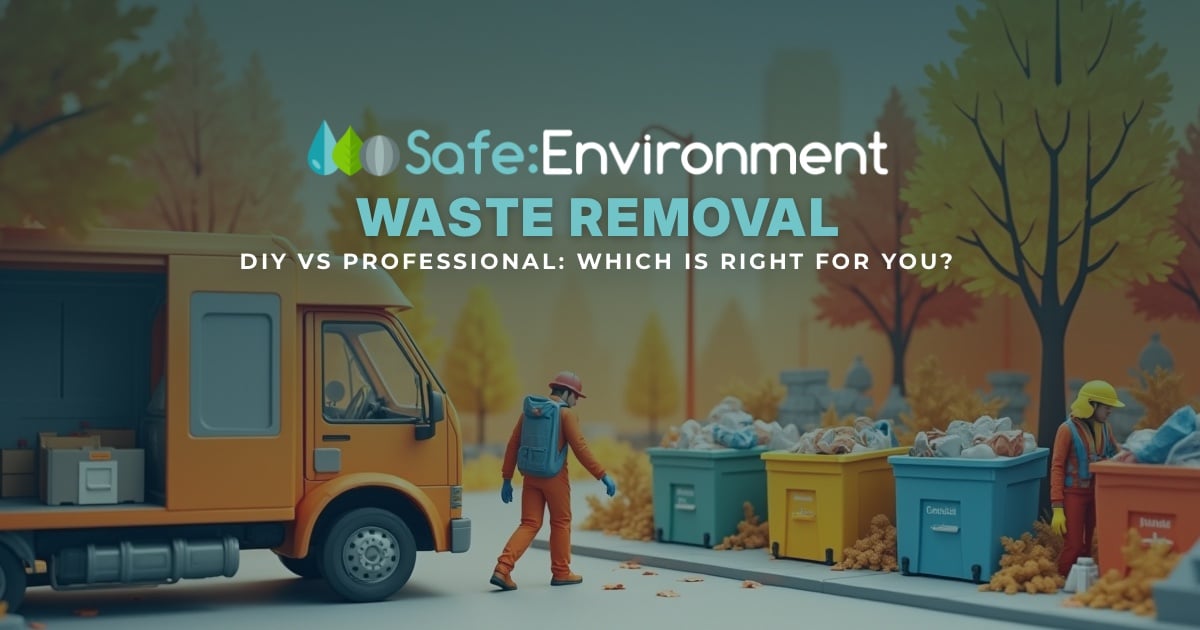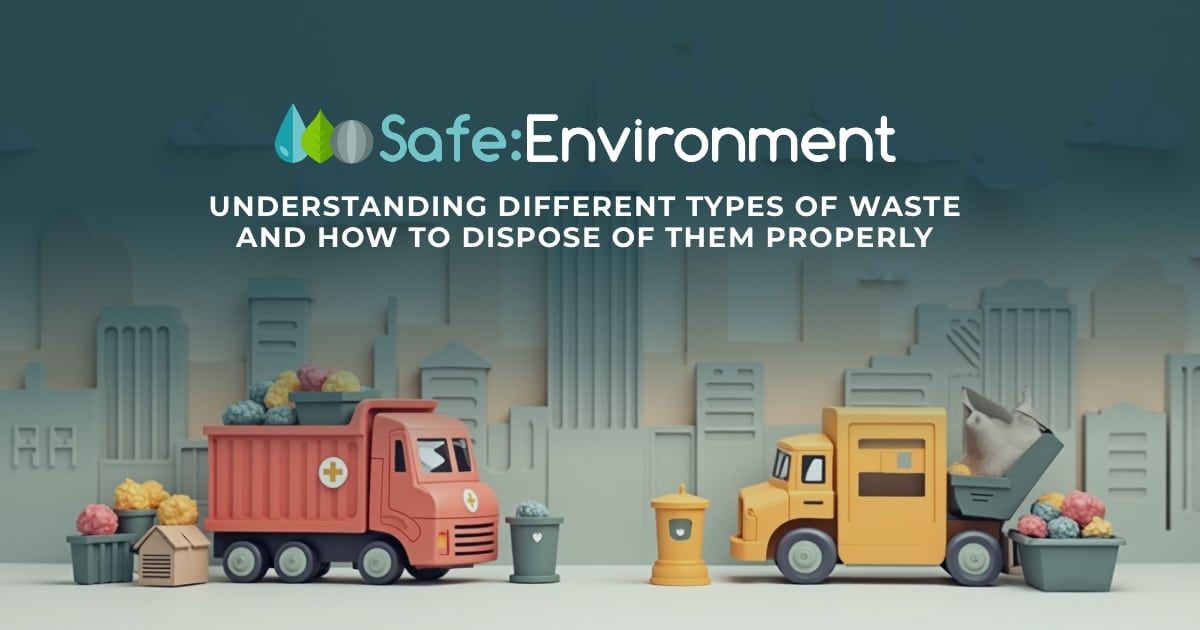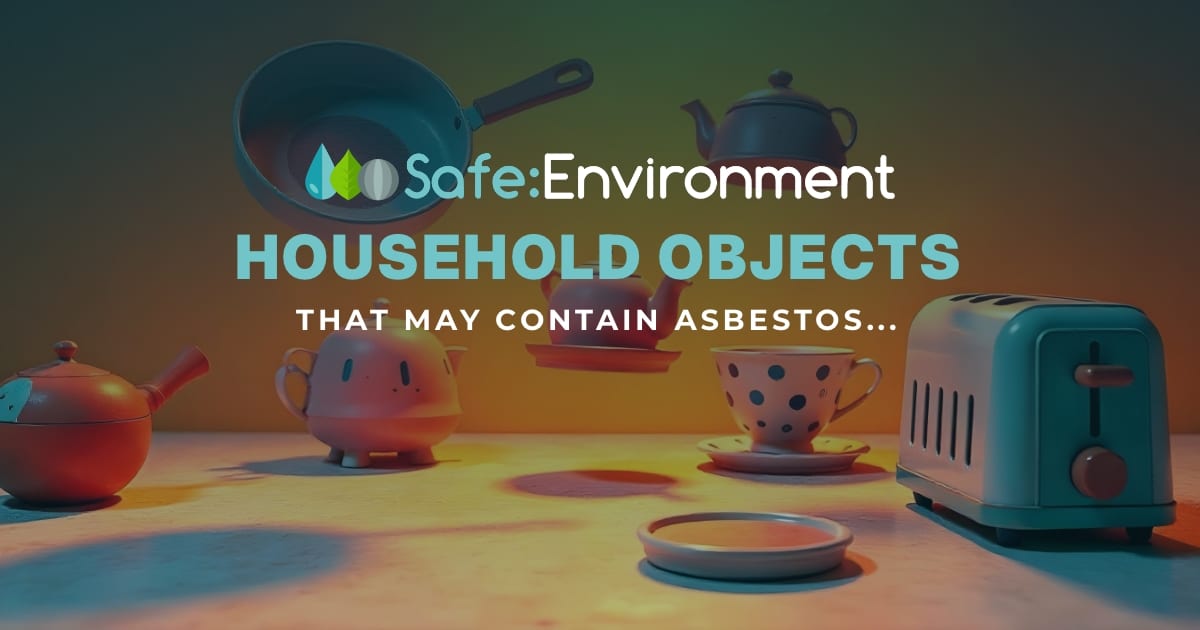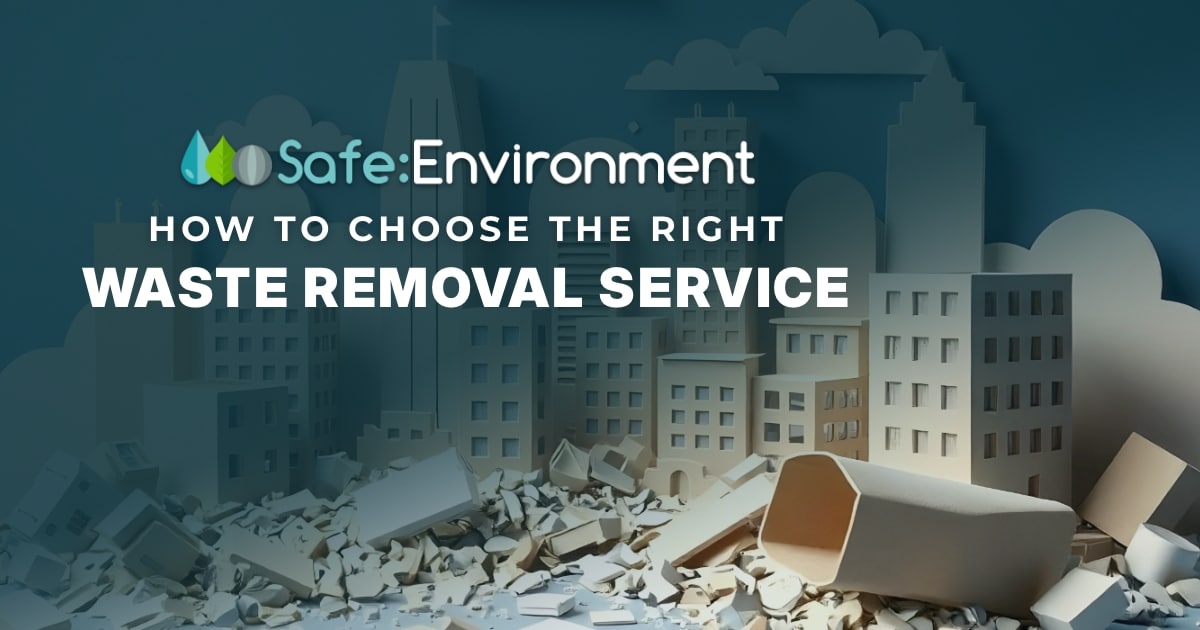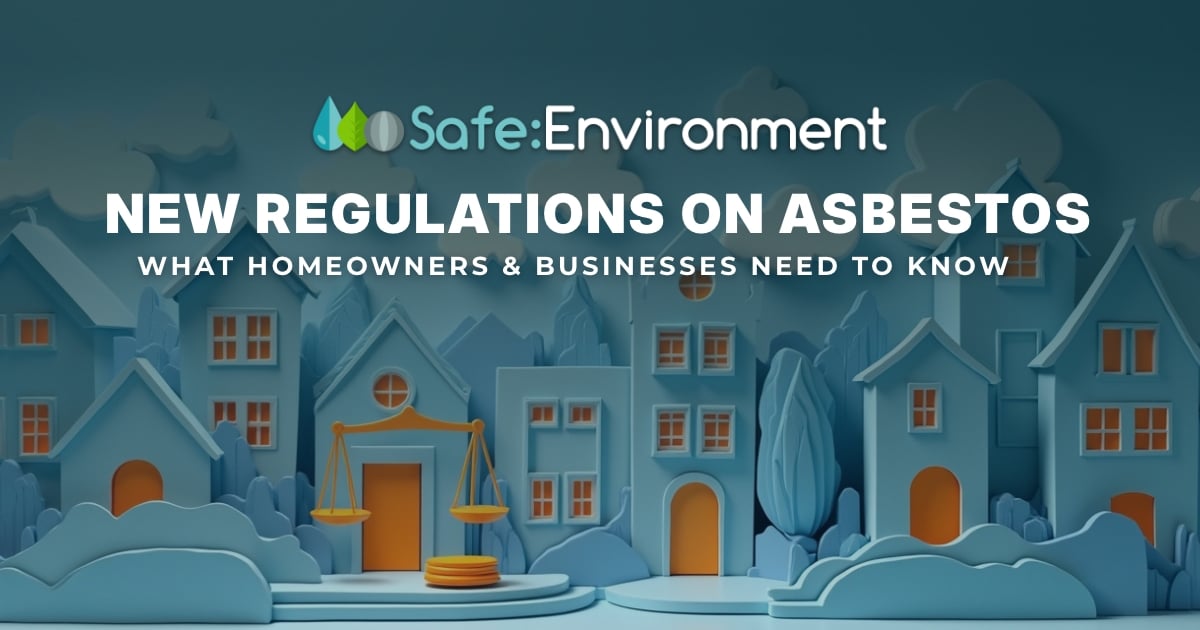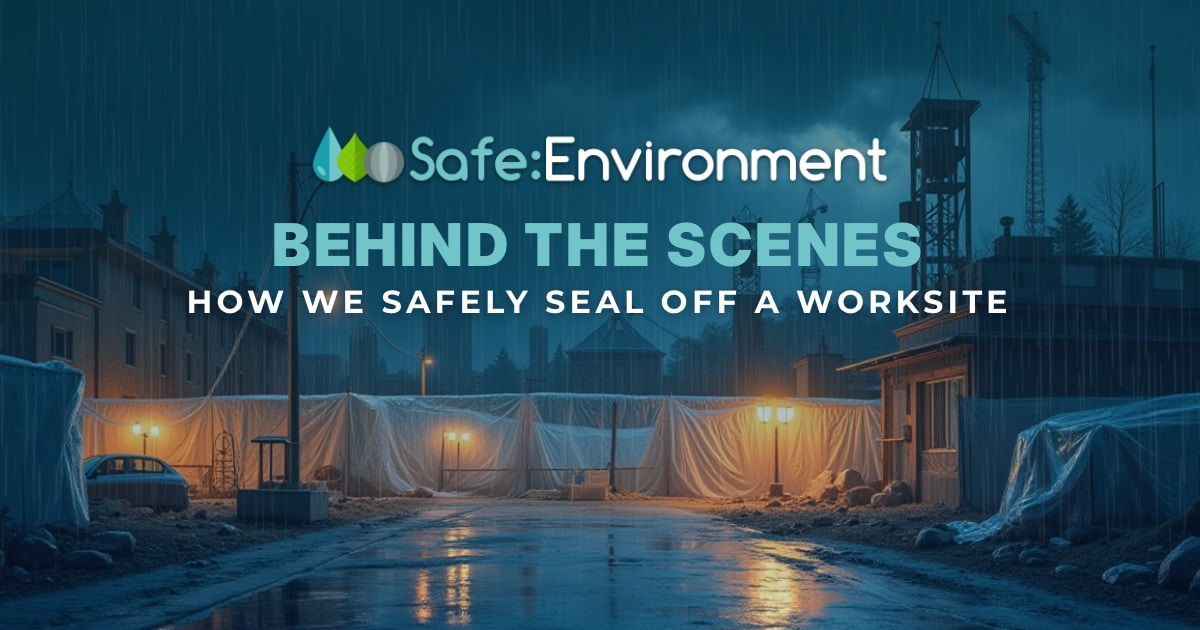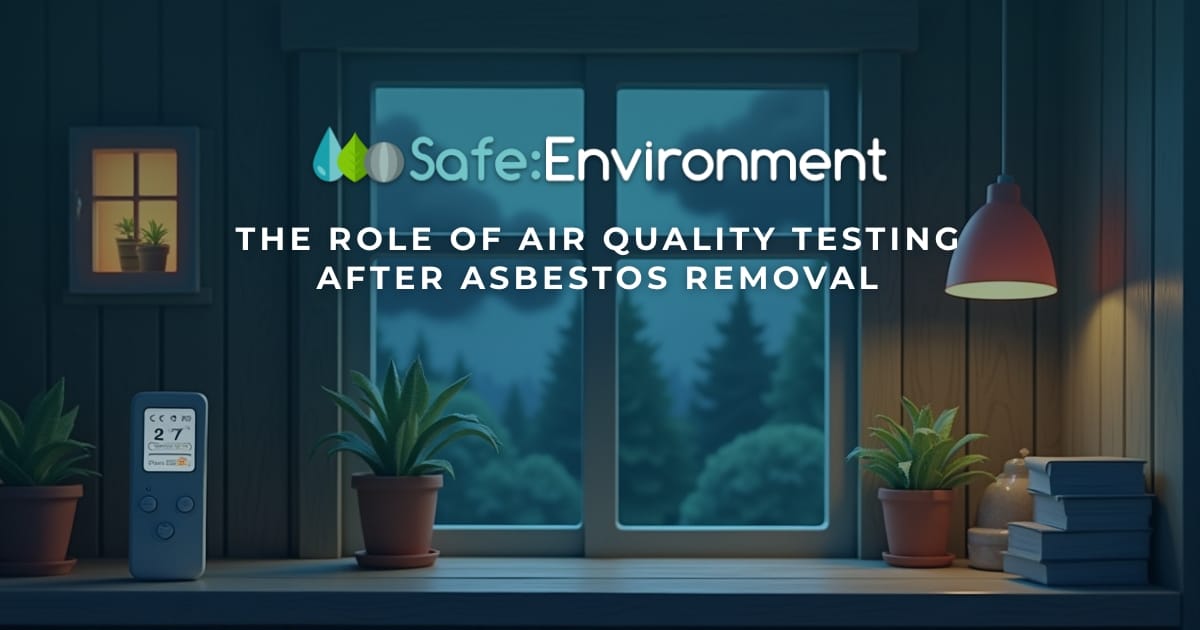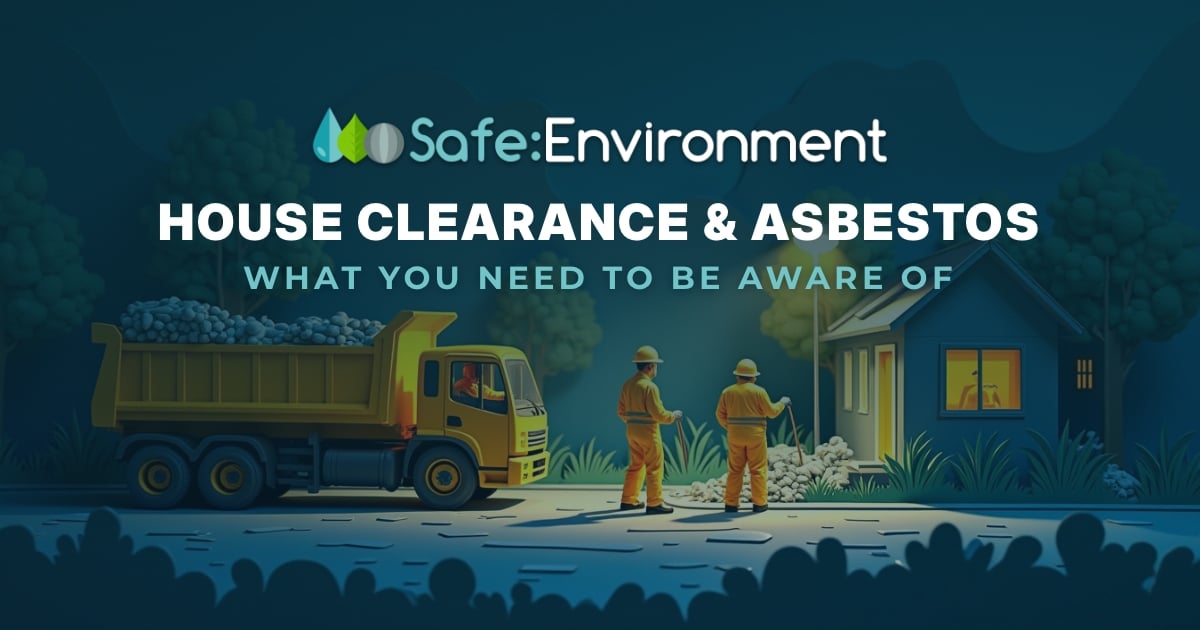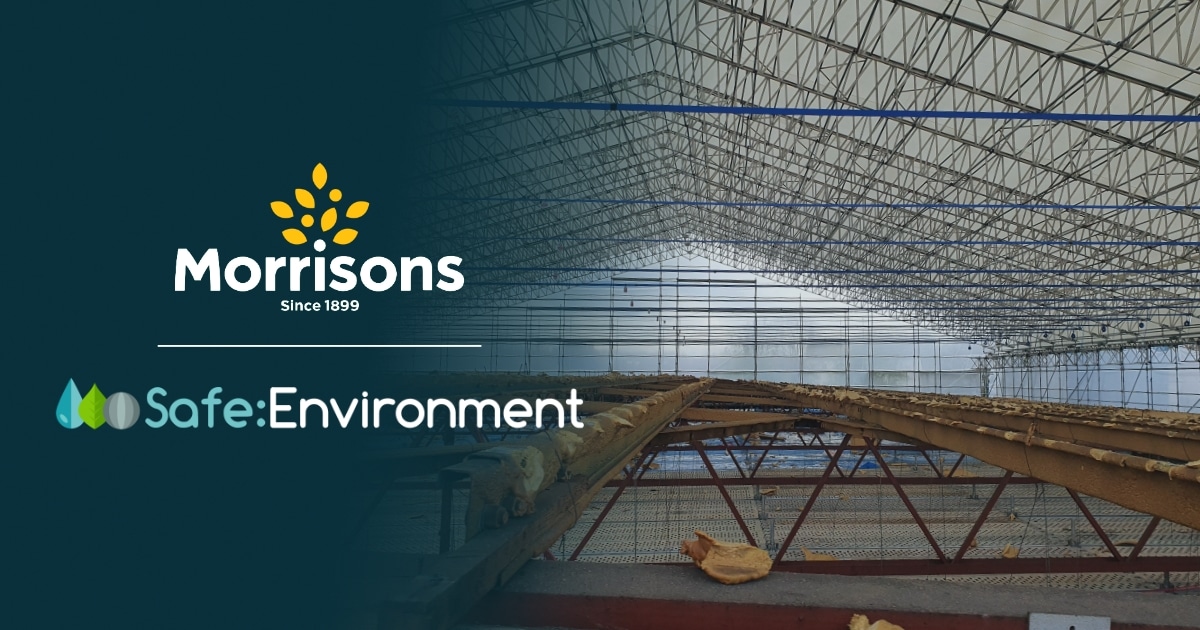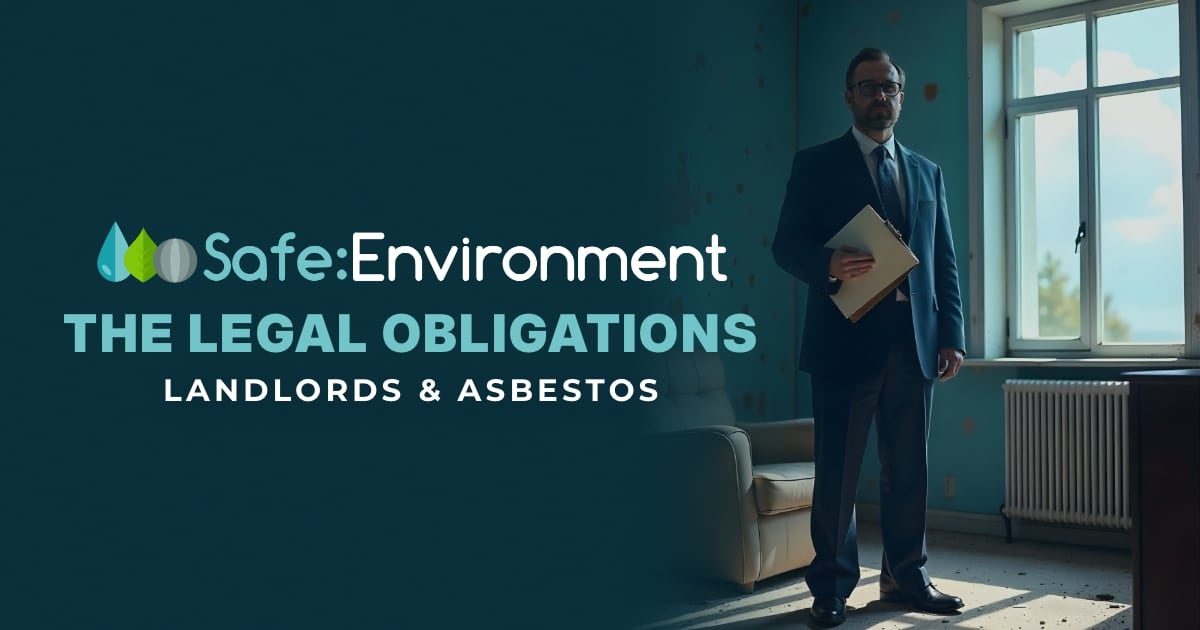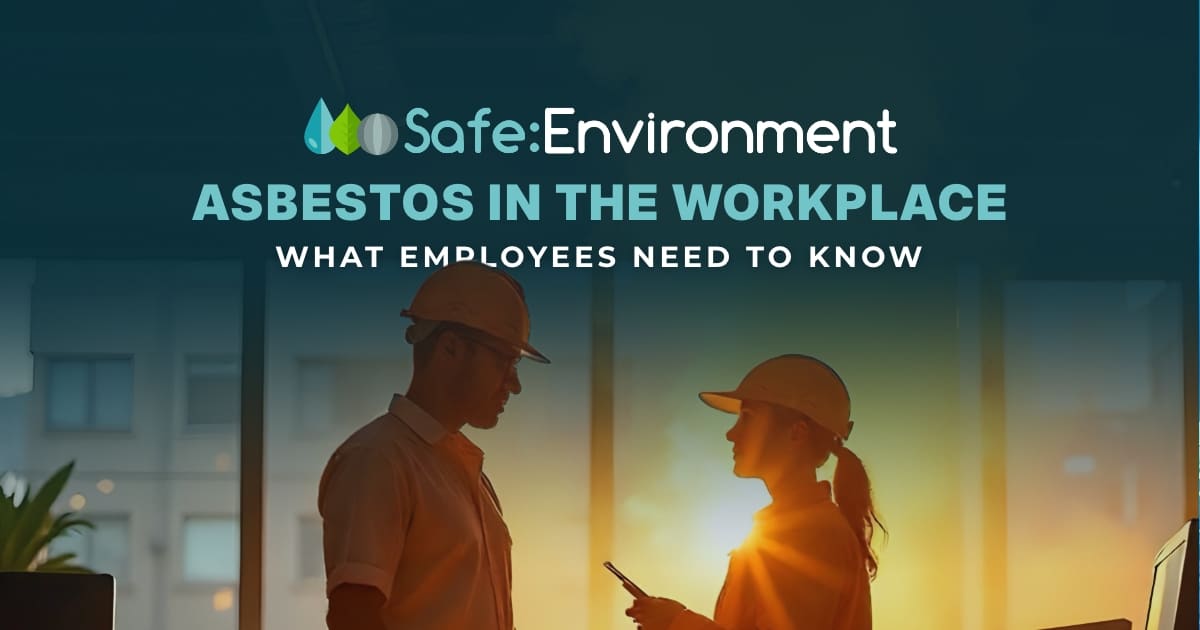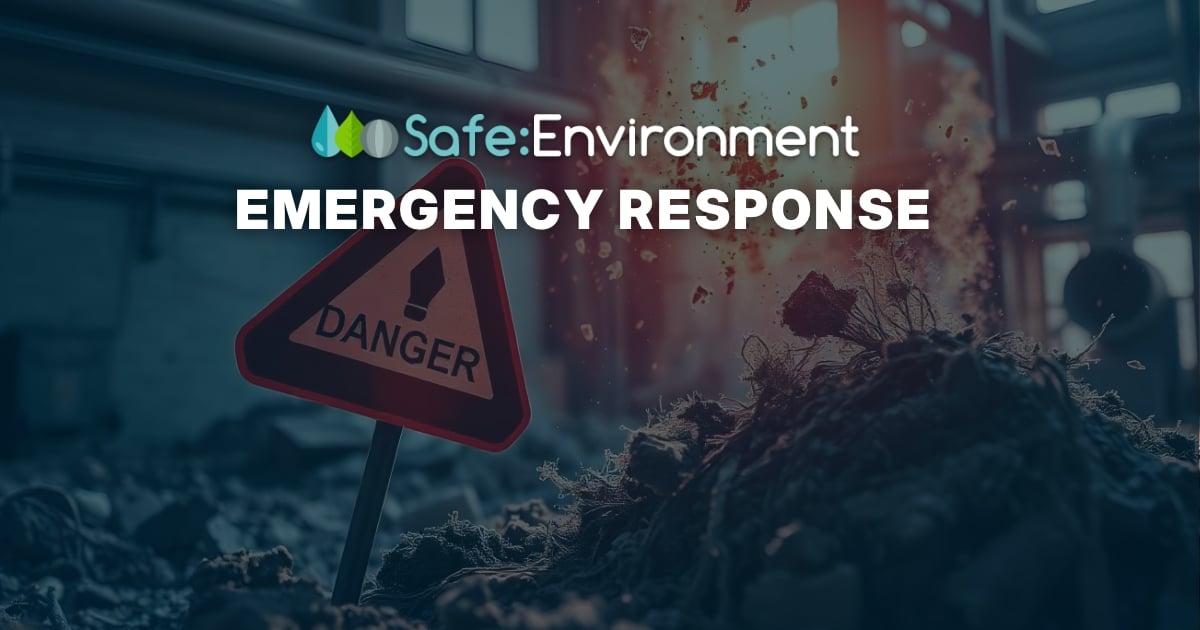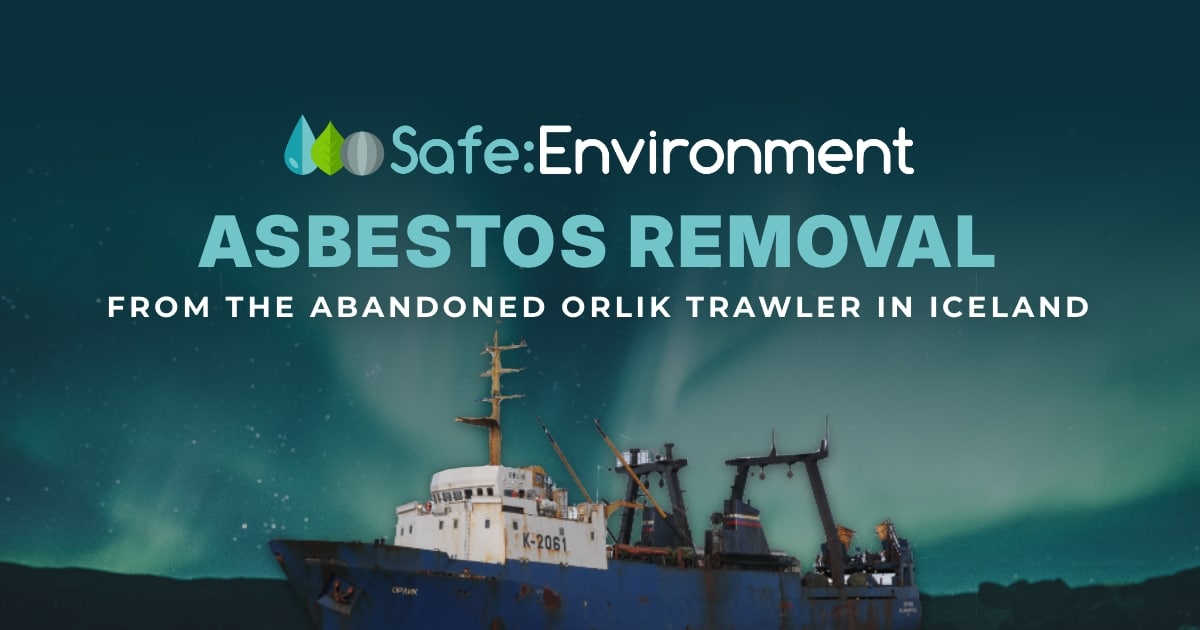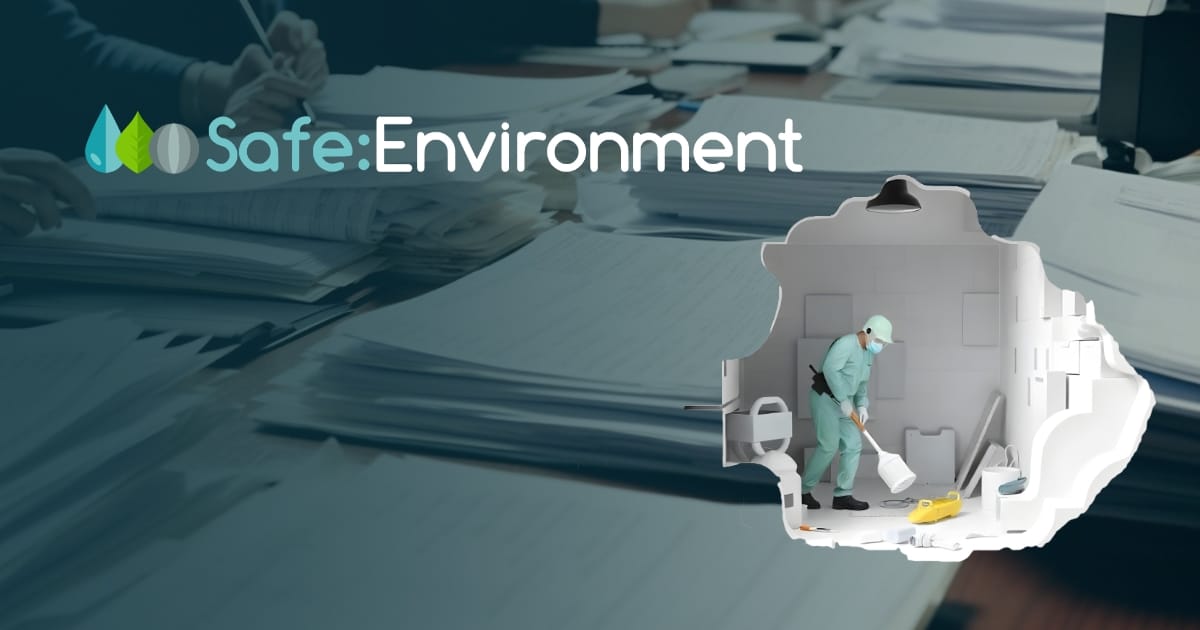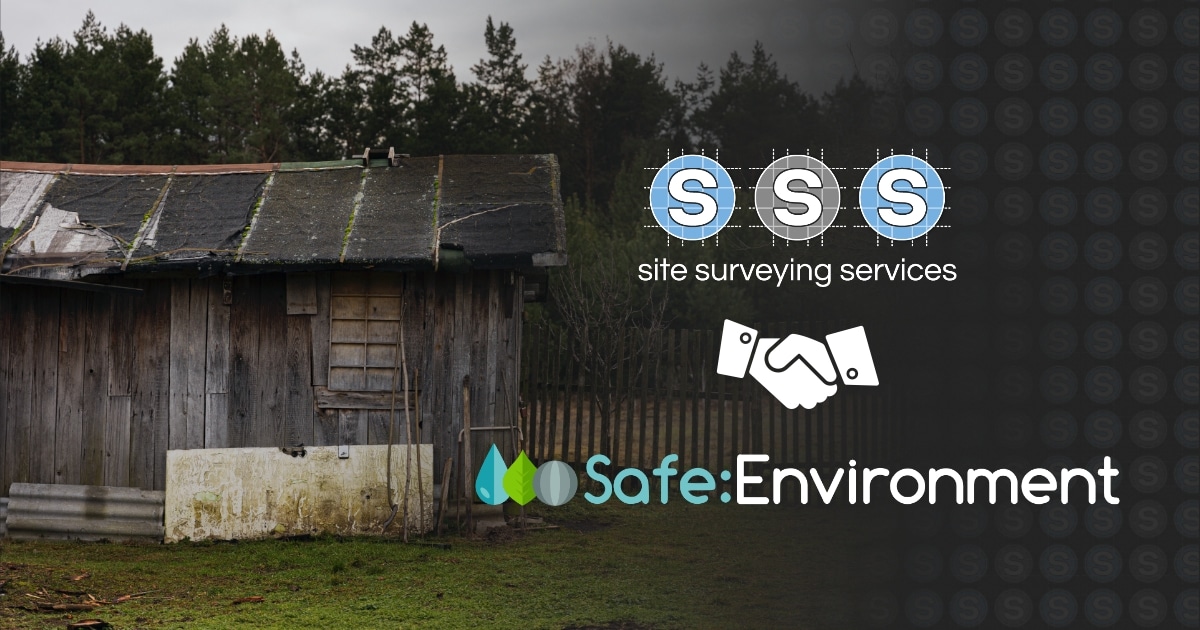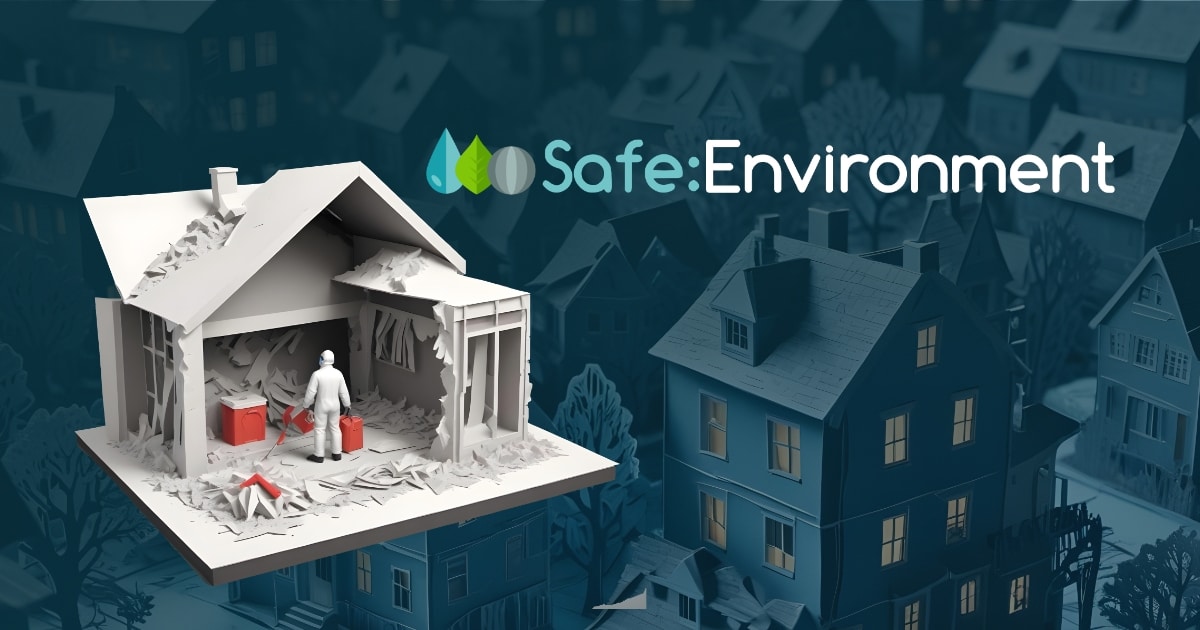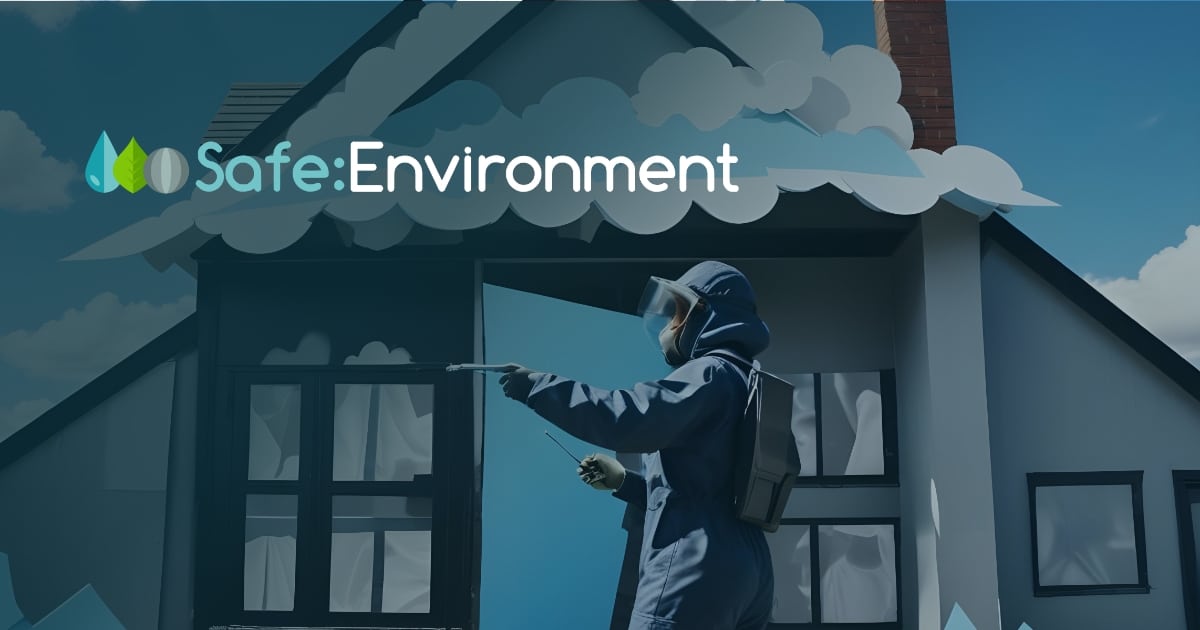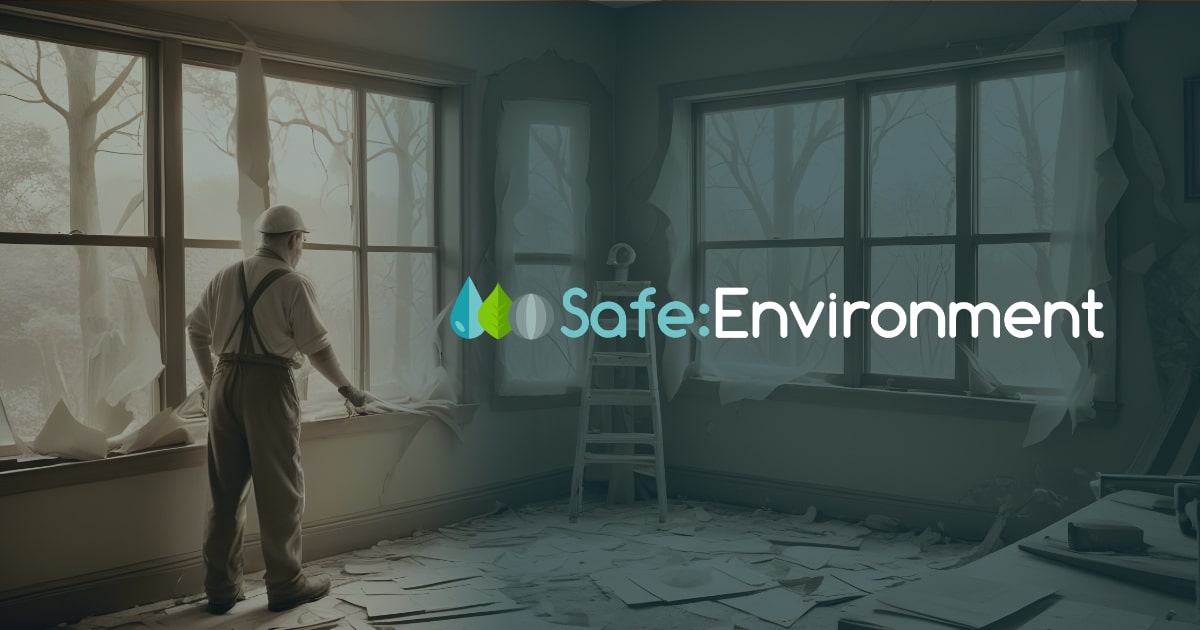If you own an older home, especially one built before the 1980s, you may have heard about the potential presence of asbestos. Asbestos was once a popular building material due to its heat resistance, strength, and insulating properties. However, it has since been discovered that asbestos poses significant health risks. This blog post will guide you through what homeowners need to know about asbestos, including where it might be found, the risks involved, and what steps you should take if you suspect asbestos in your home.
1. What is Asbestos?
Asbestos is a naturally occurring mineral composed of fine fibres. It was widely used in construction and other industries throughout the 20th century due to its durability, fire resistance, and sound insulation properties. However, inhaling or ingesting asbestos fibres can cause severe respiratory diseases, often many years after exposure. Because of these risks, the use of asbestos was heavily regulated and eventually banned in most forms in the UK in 1999.
2. Where Asbestos May Be Found in Older Homes
Older homes built before 2000, are likely to contain asbestos in a variety of building materials. Some common places where asbestos might be found in older homes include:
Roofing and Cladding: Asbestos was used in cement roofing, cladding, and shingles due to its durability and resistance to weathering.
Roofline Products (Soffits, Roof Verge, Guttering, Downpipes/Soilpipes): Asbestos was used in cement roofline products and rainwater goods due to its durability and resistance to weathering.
Water Tanks: Asbestos was used in cement water tanks due to its durability and resistance to weathering.
Insulation: Asbestos was frequently used as insulation in attics, around pipes, boilers, and ducts, especially in older homes.
Flooring: Vinyl floor tiles, adhesive (also known as mastic), and backing materials often contained asbestos.
Ceilings: Asbestos was used in textured ceiling materials, commonly known as “artex” and ceiling tiles.
Wall Materials: Certain types of drywall, joint compounds, and plaster used in walls and ceilings may contain asbestos.
Heating and Ventilation Systems: Insulating materials used in furnaces, gaskets, and ductwork may contain asbestos.
Electrical Switchgear: Insulating materials, meter boxes and fusebox dividers used in switchgear may contain asbestos.
Toilet Cisterns, Toilet Seats & Sink Pads: Composite resin and bitumen based materials such as ‘Shires Lynx’ black toilet cistserns can contain
Other Materials: Cement sheets, sealants, adhesives, and some older appliances can also contain asbestos.
3. Risks of Asbestos Exposure
Asbestos is most dangerous when it becomes airborne and is inhaled. This can happen when asbestos-containing materials are disturbed, damaged, or deteriorated. For example, renovations, demolitions, or natural wear and tear can release asbestos fibres into the air. Once inhaled, these fibres can lodge in the lungs and remain there for a long time, leading to inflammation, scarring, and the development of serious diseases like mesothelioma, lung cancer, and asbestosis.
4. Identifying Asbestos in Your Home
Identifying asbestos is not something that can be done visually, as asbestos fibers are microscopic. If you suspect that your home may contain asbestos, especially if it was built before 2000, it’s essential to have a professional asbestos surveyor inspect your property. A licensed asbestos professional can take samples of suspected materials and have them analysed in a laboratory to confirm the presence of asbestos.
5. What to Do If You Find Asbestos
If asbestos is found in your home, the next steps depend on the condition and location of the asbestos-containing materials (ACMs):
Leave It Alone: If the ACMs are in good condition and not likely to be disturbed, it may be safest to leave them undisturbed. Asbestos is only dangerous when its fibers are released into the air.
Professional Repair/Encapsulation: For materials that are intact but could be damaged in the future, encapsulation involves applying a sealant that binds the asbestos fibres together, preventing them from becoming airborne.
Professional Removal: If the ACMs are damaged, deteriorating, or located in an area where they might be disturbed (such as during renovations), professional removal is the best option. This should always be done by a licensed asbestos removal contractor to ensure safety and compliance with regulations.
6. Legal Responsibilities for Homeowners
Under the Control of Asbestos Regulations 2012 in the UK, homeowners are not generally required to remove asbestos from their properties. However, if you are planning renovations, demolitions, or if the asbestos poses a significant health risk, it is your responsibility to manage the asbestos safely. This typically means hiring licensed professionals to handle and dispose of asbestos-containing materials properly.
Owning an older home can come with many benefits, but it’s crucial to be aware of the potential hazards associated with asbestos. If you suspect that your home contains asbestos, take immediate steps to assess the risk and consult a professional. Proper management and, if necessary, removal of asbestos can protect you and your family from the serious health risks associated with asbestos exposure. Remember, when it comes to asbestos, safety should always come first



